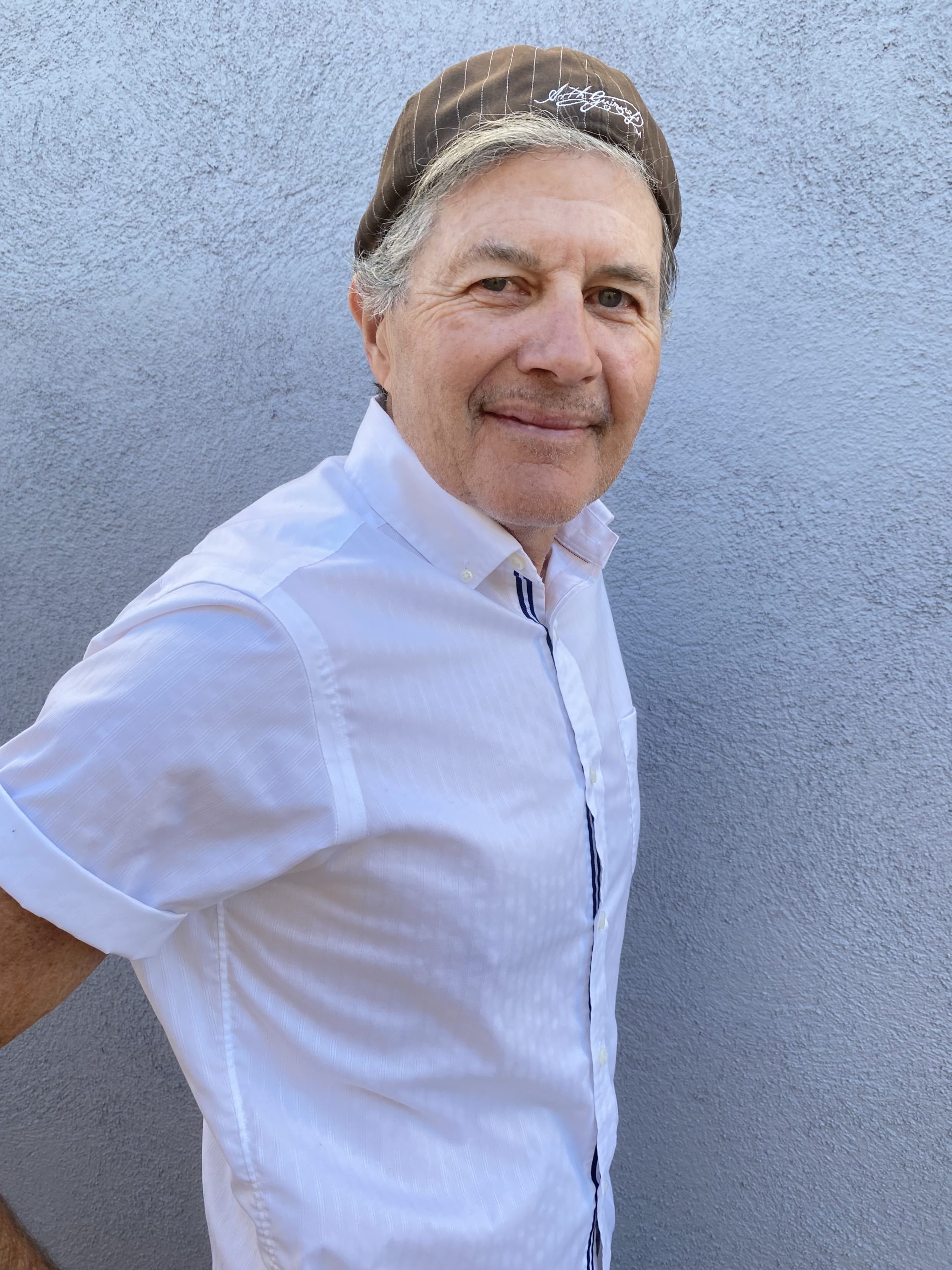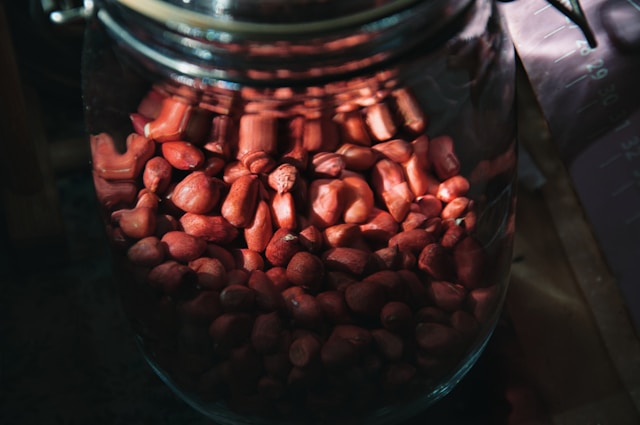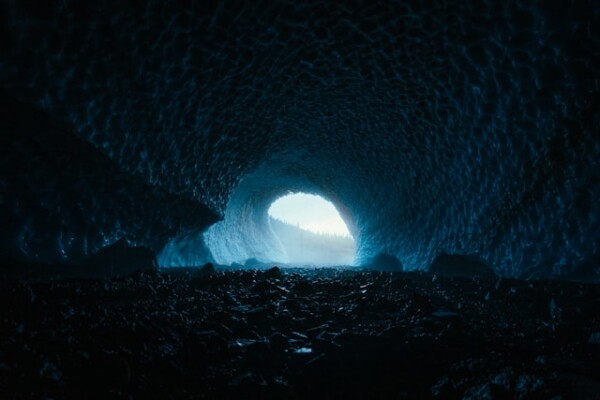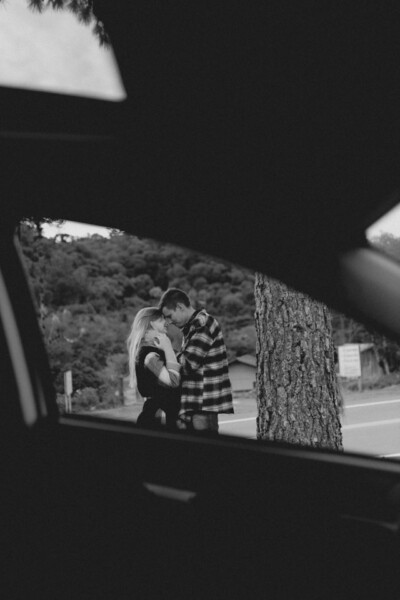Frijoles
When I was six years old and my familia was living in Pittsburgh Pennsylvania on Thomas
Boulevard, my madre got very ill, and my hermano and I went to Douglas Arizona, to live with
my grandparents and a house full of tios and tias until my madre healed. My mother was the
oldest of nine siblings so the house was still full. A house of bilingual banter. Spanish ballads at
night when my grandfather returned from work at the rail yard and Credence Clearwater or Los
Rolling Stones, spinning on the turntable until then. Another detail that is distilled in my memory
are the frijoles. The purchasing the frijoles in bulk across the line, then washing, cleaning,
sorting, cooking and reheating the holy frijoles. Every single meal included the pot of frijoles,
placed in the center of the table. My grandmother once asked me what I wanted for dinner, and I
replied spaghetti. I did not know my grandfather did not care much for pasta, and his face that
night at the table was one of obvious displeasure, even though he did not say a word. But the pot
of frijoles, maybe with some extra queso, con hot tortillas appeased his anxiety. First I learned to
wash the frijoles in a big cauldron, just letting the sacred water wash and wash and wash them.
After the frijoles were clean like little eggs or precious stones, came the sorting. The bad looking
beans were exiled, but more crucial was the searching for small rocks, because allowing anyone
to bight down on a small stone was a mortal sin. A sin burdened on the shoulders of those who
prepared the frijoles. The frijoles cooked long and slow time. On special days, extra lard was
added. Or perhaps a bit of milk to give the frijoles a bit of body. And of course, when the frijoles
might have been the only food on the table with the tortillas, then some yellow queso was added.
Frijoles and queso con tortillas was a complete meal. My grandfather and tios would add some
little red balls of fire and then devour their massive frijole burros. In that house on 15 th street a
pot of frijoles was always on the stove ready to be fired up. In the months my brother and I spent
there, I do not remember anyone ever cemando los frijoles. My grandmother had elevated the
frijole ritual to art. She was the Picasso of frijole creativity and quality. The pot of frijoles was
more than a divine calling at mealtime; indeed the frijoles were as naturally prestine as the
sunrise or as sure as the sunset. The frijoles were there for the familia’s celebration. The frijoles
were ready when tio Tonio returned from Vietnam. Hitchhiking from San Diego with his duffle
bag and walking into the house on a warm fall afternoon. My grandmother running into his arms
while wearing her red apron and carrying a big serving spoon. And the frijoles were simmering
when my cousins were born up the road in Bisbee or when great-tio Luis arrived from San Pedro.
The only time I ever recall seeing him. My grandfather died several years ago. He was 99 years
of experience and wisdom. And I still remember the lunchbox my grandmother packed for him
when he went to work in the rail yard. A thermos of cold, cold milk, pieces of fruit (he especially
enjoyed apricots and peaches), a large frijole burro on homemade tortillas, and of course a jar of
his own crafted salsa. That was the food that gave him the strength and faith to raise a family of
nine children in a small border town run by a copper mining company in a house with one bathroom.

Christopher Rubio-Goldsmith was born in Merida, Yucatan, grew up in Tucson, Arizona and
taught English at Tucson High School for 27 years. Much of his work explores growing up near
the border, being raised biracial/bilingual and teaching in a large urban school where 70% of the
students are American/Mexican. An Allen Ginsberg Poetry Award Honorable Mention and a
two-time Pushcart nominee, his wife Kelly lets him know when the writing is off a bit. He is
trying to get better at sitting and seeing.



